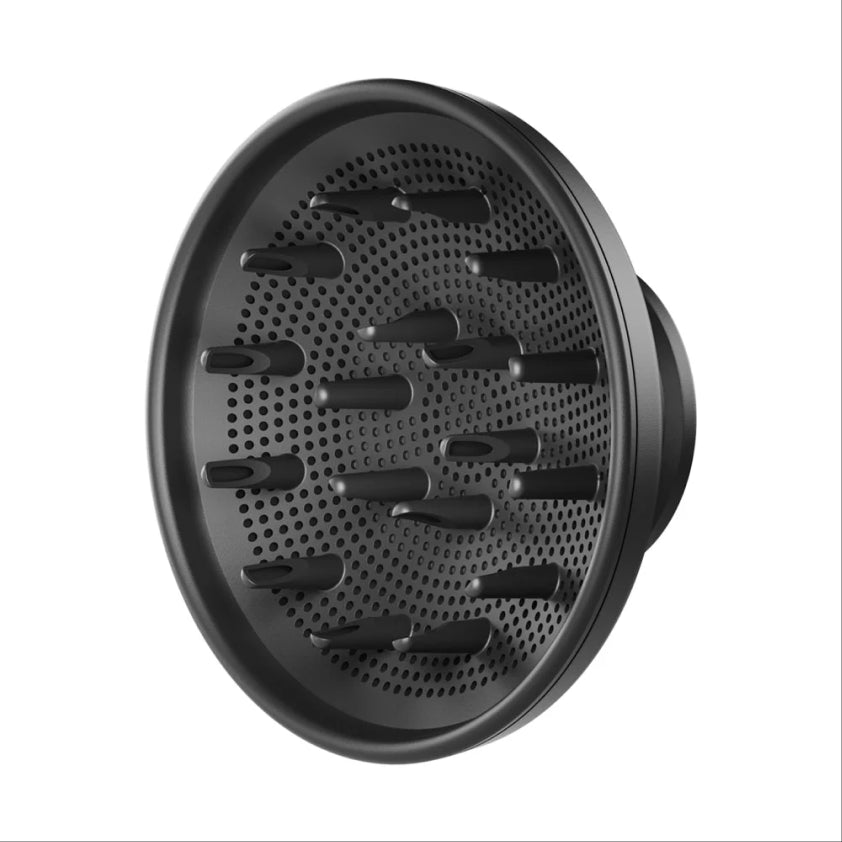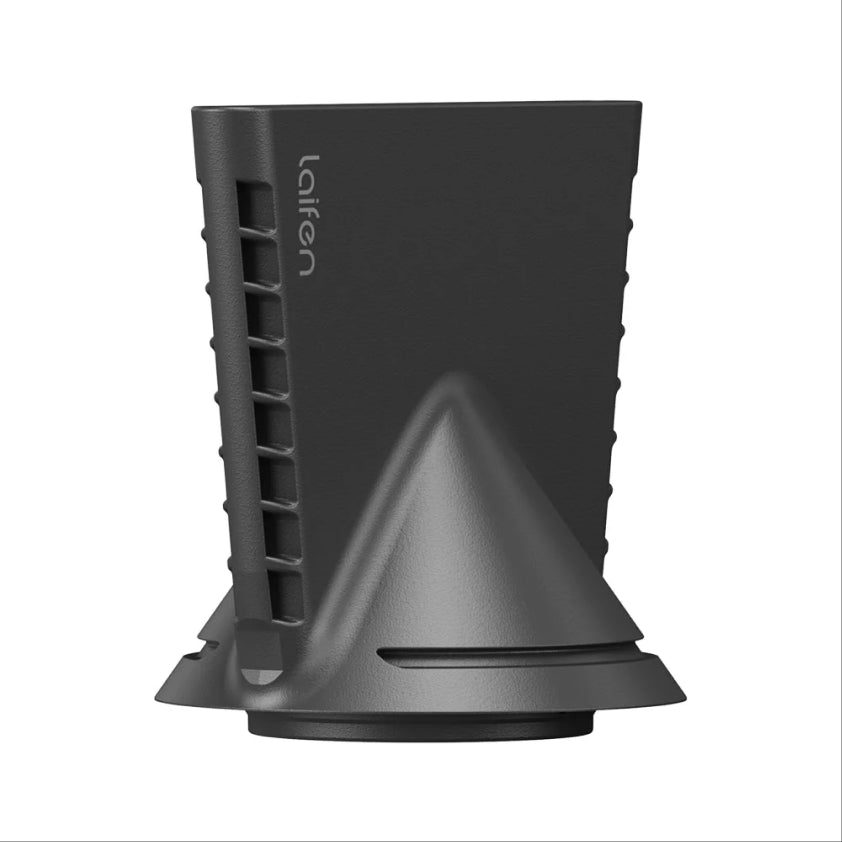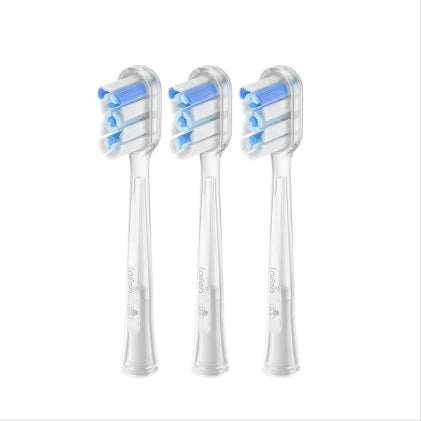
In this article
Chaque mèche de cheveux est recouverte d'une couche appelée cuticule capillaire, la couche la plus externe, et elle est essentielle pour protéger les cheveux. En d'autres termes, considérez la cuticule comme un bouclier protecteur pour conserver la force et la brillance des cheveux. C'est pourquoi, dans cet article, nous examinons en profondeur ce qu'est la cuticule capillaire, sa structure, les principales causes des dommages à la cuticule capillaire et les moyens efficaces de réparer les cuticules capillaires. Des cuticules saines peuvent faire une grande différence dans l'apparence et la santé des cheveux.

Qu'est-ce que la cuticule du cheveu ?
La cuticule des cheveux est une fine couche protectrice qui entoure la tige du cheveu. La cuticule est composée de cellules qui se chevauchent et qui, essentiellement, agissent pour protéger les couches internes des cheveux des dommages extérieurs. Cette couche est un bouclier qui protège les cheveux des facteurs de stress environnementaux, de la chaleur et des produits chimiques. Des cheveux soyeux et facilement hydratés sont bons, tout comme une cuticule saine pour se protéger des éléments et aider à retenir l'humidité, d'autant plus que la sécheresse et la casse peuvent se généraliser.
Si la cuticule des cheveux est en bon état, les cheveux seront brillants et lisses au toucher. Si la cuticule n'est pas en bon état, cela peut rendre vos cheveux secs et cassants . Cependant, la cuticule est endommagée lorsqu'elle est coupée et les cheveux prennent un aspect terne, rugueux ou crépus. La structure de cette couche protectrice est essentielle à la santé globale des cheveux et mérite votre attention, pour ainsi dire, et la compréhension de la façon d'en prendre soin.
Structure de la cuticule du cheveu
Le cheveu est formé de cellules plates et superposées qui se trouvent comme des bardeaux sur un toit et forment une barrière autour du cheveu. Cette structure comporte trois couches principales : le cortex, la cuticule et la moelle. Voici une répartition de chacune d'elles :
- Cuticule : également connue comme la couche protectrice qui donne de la brillance à vos cheveux. Des cellules étroitement liées travaillent pour maintenir la force interne des cheveux.
- Cortex : Bien que la majeure partie de la couleur et de la résistance du cheveu se situe sous la cuticule, le cortex est le tissu principal. La kératine donne au cheveu sa structure, qu'elle contient.
- Moelle : Présente principalement dans les mèches de cheveux plus épaisses, la couche centrale est la couche la plus importante. Bien que moins importante, la moelle contribue moins directement au volume et à la densité des cheveux dans leur ensemble.
Ensemble, les différentes couches du cheveu agissent pour le renforcer et le maintenir fort et résistant. Enfin, la cuticule du cheveu est la plus exposée aux dommages et peut soulever ou décoller les cellules protectrices.
Causes des dommages aux cuticules des cheveux
Les causes des dommages aux cuticules des cheveux sont multiples et peuvent affecter la santé et l'apparence des cheveux. Voici les principales causes :
- Coiffage à chaud : L'utilisation d'outils à haute température tels que les fers à lisser et à friser affaiblit souvent la cuticule, ce qui lui permet de se soulever et les cheveux deviennent donc plus susceptibles de se casser.
- Traitements chimiques : Les teintures capillaires, les permanentes et les défrisants chimiques affectent la cuticule des cheveux et peuvent causer des dommages à long terme. La cuticule peut être fragilisée par des produits chimiques qui assèchent les cheveux et provoquent des pointes fourchues.
- Facteurs environnementaux : Le temps fait des ravages sur les cuticules : les rayons UV, le vent et la pollution nuisent à l'hydratation, rendant les cheveux cassants.
- Dommages mécaniques : brosser ou manipuler les cheveux de manière excessive, ou surtout lorsqu'ils sont mouillés, peut entraîner le soulèvement des cuticules et provoquer des frisottis ou des cassures.
- Produits de soins capillaires inappropriés : les ingrédients agressifs présents dans certains produits, tels que les sulfates ou l'alcool, peuvent éliminer les huiles naturelles de la cuticule des cheveux, les rendant ainsi secs ou ternes.
Il a été démontré que l’exposition régulière à ces facteurs a un effet important sur l’intégrité de la cuticule. En fait, des recherches ont démontré que les traitements chimiques répétés font perdre aux cheveux 50 % de leur résistance. Connaître ces causes permet aux gens de faire de meilleurs choix pour éviter ou réduire les dommages.
Comment réparer les cuticules des cheveux ?

Pour retrouver la santé de vos cheveux, il est essentiel de réparer la cuticule de vos cheveux. Voici des moyens efficaces pour réparer les cuticules des cheveux et les protéger contre d'autres dommages :
- Utilisez des produits hydratants : pour les produits qui scelleront et lisseront la cuticule des cheveux, recherchez ceux riches en huiles naturelles telles que l'huile d'argan ou de coco. Les cuticules abîmées comblent les espaces vides, améliorant ainsi la texture et la brillance.
- Limitez l'utilisation de la chaleur : vous pouvez laisser aux cuticules le temps de se développer afin de réduire la fréquence des coiffages à chaud. Utilisez au minimum un produit de protection contre la chaleur, même lorsque la chaleur est nécessaire pour protéger la cuticule des cheveux des températures excessives .
- Choisissez des shampoings sans sulfate : les shampoings doux qui ne contiennent pas de sulfate aident à conserver les huiles naturellement présentes qui protègent la cuticule. Ils permettent à la structure de la cuticule du cheveu de rester intacte et minimisent les frisottis et la sécheresse.
- Coupes régulières : Si les pointes fourchues remontent le long de la tige capillaire, elles endommageront encore plus la cuticule. Pour éviter cela, coupez régulièrement vos cheveux et gardez-les en bonne santé.
- Utilisez des masques capillaires chaque semaine : une semaine, un masque revitalisant en profondeur peut pénétrer la tige capillaire et fournir des nutriments qui renforcent la cuticule. La kératine, les protéines et les huiles essentielles sont tous des ingrédients qui aideront à guérir la cuticule des cheveux de l'intérieur.
- Évitez les traitements chimiques : l'exposition aux traitements chimiques est réduite au minimum, ce qui permet de garder la cuticule intacte. Choisissez des couleurs de cheveux naturelles ou des styles qui ne nécessitent pas de produits chimiques nocifs.
Si vous suivez ces méthodes de réparation, vous rétablirez lentement la santé de la cuticule des cheveux et les cheveux seront plus durs, plus lisses, plus brillants et plus sains.
Conclusion
Il convient de mentionner que la cuticule des cheveux agit comme une barrière importante pour chaque mèche de cheveux avec laquelle les couches internes de chaque mèche sont protégées. Si nous comprenons ce qu'est la cuticule des cheveux, ce qui cause les dommages à la cuticule des cheveux et comment réparer la cuticule des cheveux, nous pouvons alors maintenir des cheveux plus sains. Si vous adoptez des pratiques de soins capillaires douces, suivez un traitement sans harcol et laissez vos cuticules rester entières, vos cheveux deviendront plus forts et plus brillants au fil du temps.
FAQ : Qu'est-ce que la cuticule du cheveu ?
Quelle est la fonction principale de la cuticule du cheveu ?
La cuticule du cheveu est la couche protectrice externe de tous les cheveux, protégeant les couches internes des dommages causés par la chaleur, les produits chimiques et les facteurs environnementaux. La cuticule a besoin d'hydratation ; elle aide à garder les cheveux brillants, lisses et sains.
Comment puis-je savoir si la cuticule de mes cheveux est endommagée ?
La cuticule des cheveux qui peut être endommagée présente des signes tels que des frisottis, un aspect terne, sec et des pointes fourchues. Si la cuticule est soulevée ou cassée, ce qui permet à l'humidité de s'échapper, les cheveux peuvent être rugueux, avoir l'air morts ou manquer d'éclat.
Quelles sont les causes courantes des dommages aux cuticules des cheveux ?
Les principales causes de dommages aux cuticules des cheveux sont souvent le coiffage à chaud, les traitements chimiques, l'exposition aux intempéries et l'utilisation de produits capillaires à base de sulfates ou d'alcool. Tous ces facteurs peuvent en fait permettre à la cuticule de se soulever ou de se renforcer, rendant ainsi les cheveux plus sujets à la casse et à la sécheresse.


















